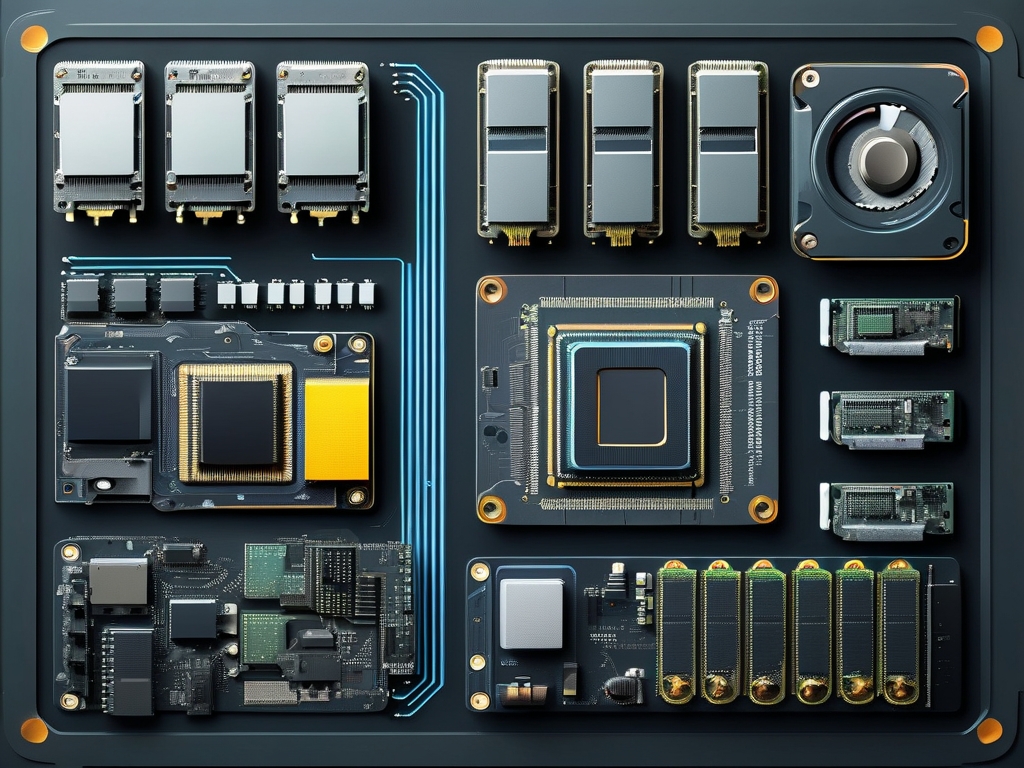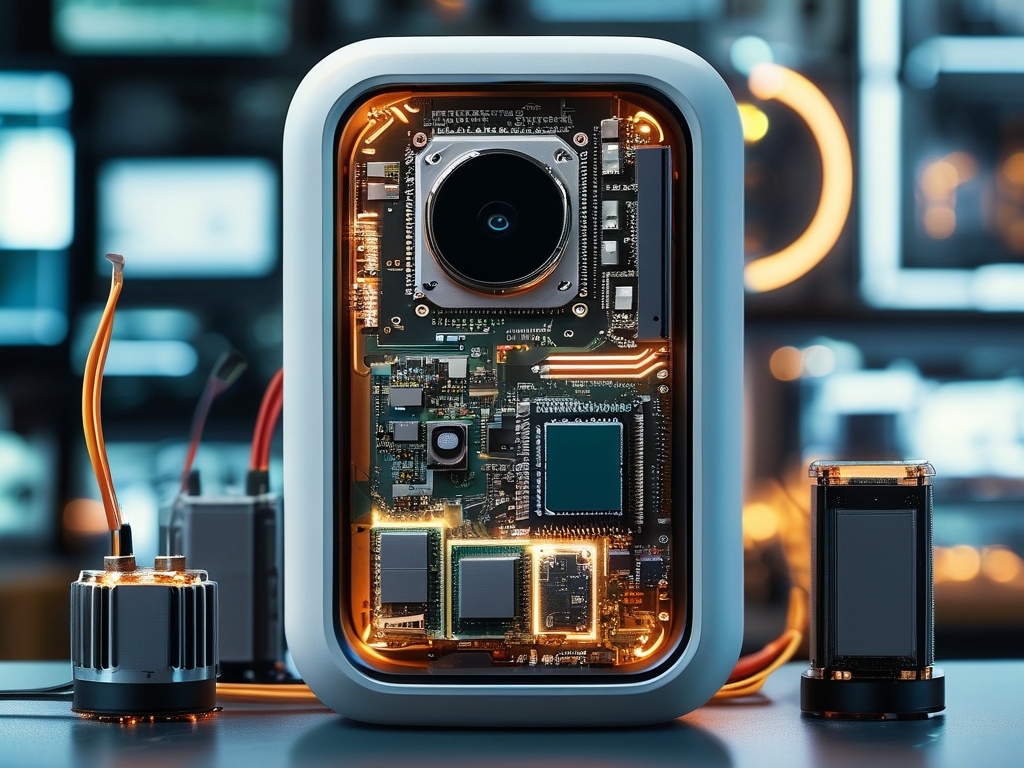The convergence of wearable technology and embedded systems development has reshaped modern consumer electronics, creating devices that blend seamlessly into daily life while delivering advanced functionality. From smartwatches monitoring heart rates to AR glasses overlaying digital interfaces, embedded development drives innovation in this space – but not without technical hurdles.
Hardware Constraints and Optimization
Wearables demand ultra-compact form factors, forcing developers to work within strict physical and power limitations. A fitness tracker's embedded system, for instance, must process motion data from accelerometers while consuming minimal energy. Consider this sensor data collection pseudocode:
void collectSensorData() {
lowPowerMode(ENABLE);
accelerometer.read(&motionData);
processInBackground(motionData);
if (abnormalPatternDetected()) {
triggerHapticFeedback();
transmitAlert();
}
}
This snippet illustrates the need for event-driven programming and background processing to conserve battery life. Engineers often employ hybrid architectures combining real-time operating systems (RTOS) for critical tasks with power-saving sleep modes for inactive components.

Connectivity Challenges
Modern wearables require reliable wireless communication despite size restrictions. Bluetooth Low Energy (BLE) has become the backbone for device pairing, but embedded developers face signal interference and protocol compatibility issues. During firmware development, teams must implement robust error-handling mechanisms:
def handle_ble_packet(packet):
try:
if validate_crc(packet):
process_data(packet.payload)
else:
request_retransmission()
except ConnectionTimeout:
reset_radio_module()
establish_secure_channel()
Such code demonstrates the layered approach needed for stable connections – from CRC checks to hardware resets. Field testing reveals that environmental factors like human body interference can reduce BLE range by 40-60%, necessitating adaptive signal boosting algorithms.
Thermal Management Techniques
As wearables pack more processing power, heat dissipation becomes critical. Embedded systems in devices like VR headsets employ dynamic frequency scaling to prevent overheating:
void adjustClockSpeed(float temp) {
if (temp > SAFE_THRESHOLD) {
setCPUClock(REDUCED_SPEED);
disableNonEssentialCores();
} else {
restoreDefaultClock();
}
}
This thermal throttling mechanism, combined with passive cooling materials, helps maintain comfortable user experiences. Recent advancements include phase-change materials in smartwatch casings that absorb heat during peak loads.

Security in Embedded Wearables
With wearables handling sensitive health and location data, embedded developers implement hardware-backed security modules. A typical secure boot sequence might involve:
- Cryptographic verification of firmware signatures
- Memory protection unit (MPU) configuration
- Encrypted storage initialization
Modern solutions like Arm's TrustZone technology create isolated execution environments, ensuring biometric authentication data remains protected even if the main OS is compromised.
Future Directions
Emerging trends point toward neural interface wearables and self-powering systems. Researchers at MIT recently demonstrated an EEG headset with embedded machine learning capabilities that can detect cognitive patterns using under 10mW. Energy harvesting techniques – from kinetic motion to body heat – aim to create truly autonomous wearable devices.
The wearable embedded development landscape continues evolving through three key strategies:
- Heterogeneous computing architectures combining multiple processor types
- Edge AI models optimized for microcontrollers
- Advanced packaging technologies like 3D chip stacking
As these technologies mature, developers must balance performance gains with human-centric design principles. The next generation of wearables won't just be worn – they'll become invisible extensions of human capability, powered by increasingly sophisticated embedded systems.









